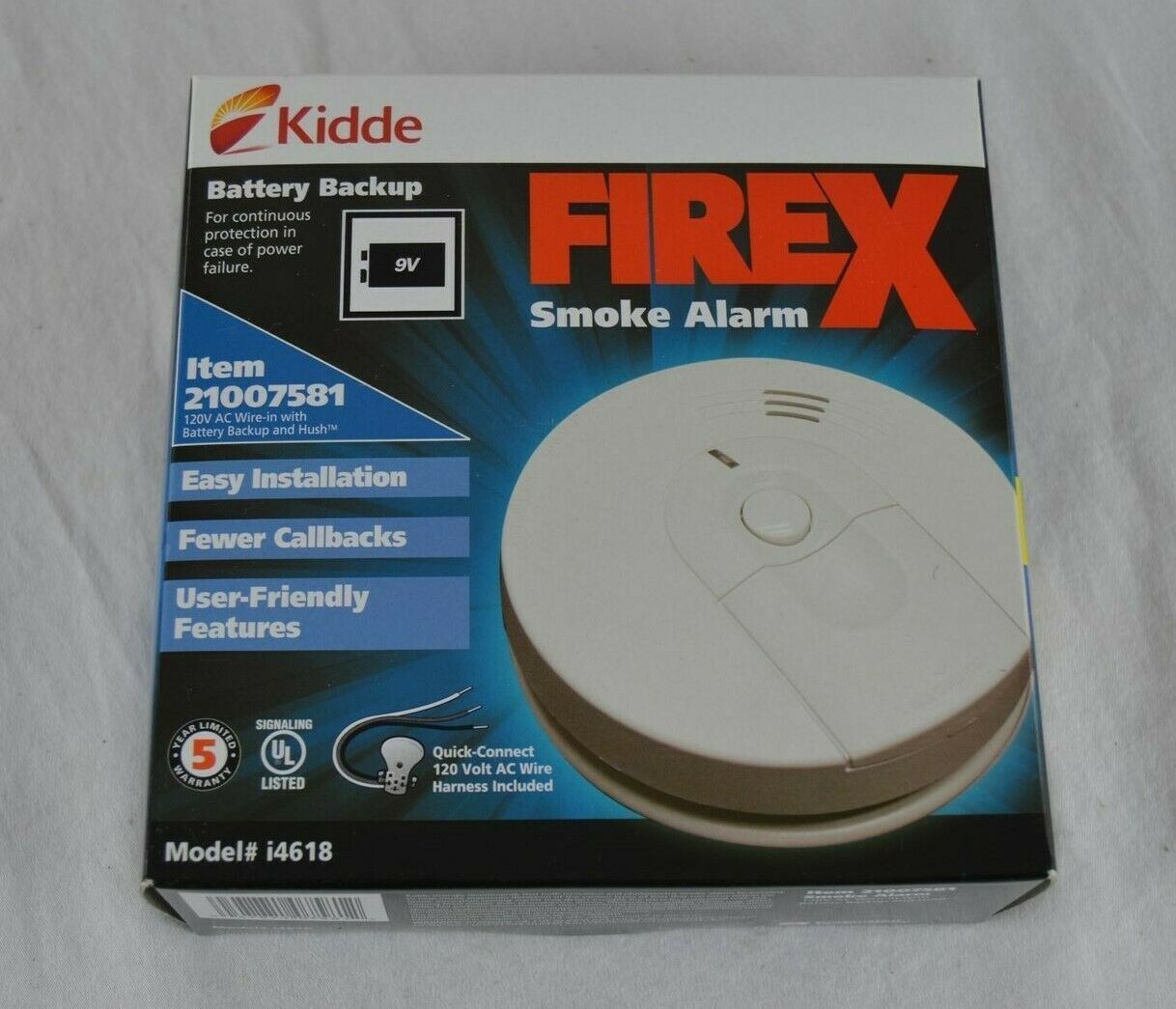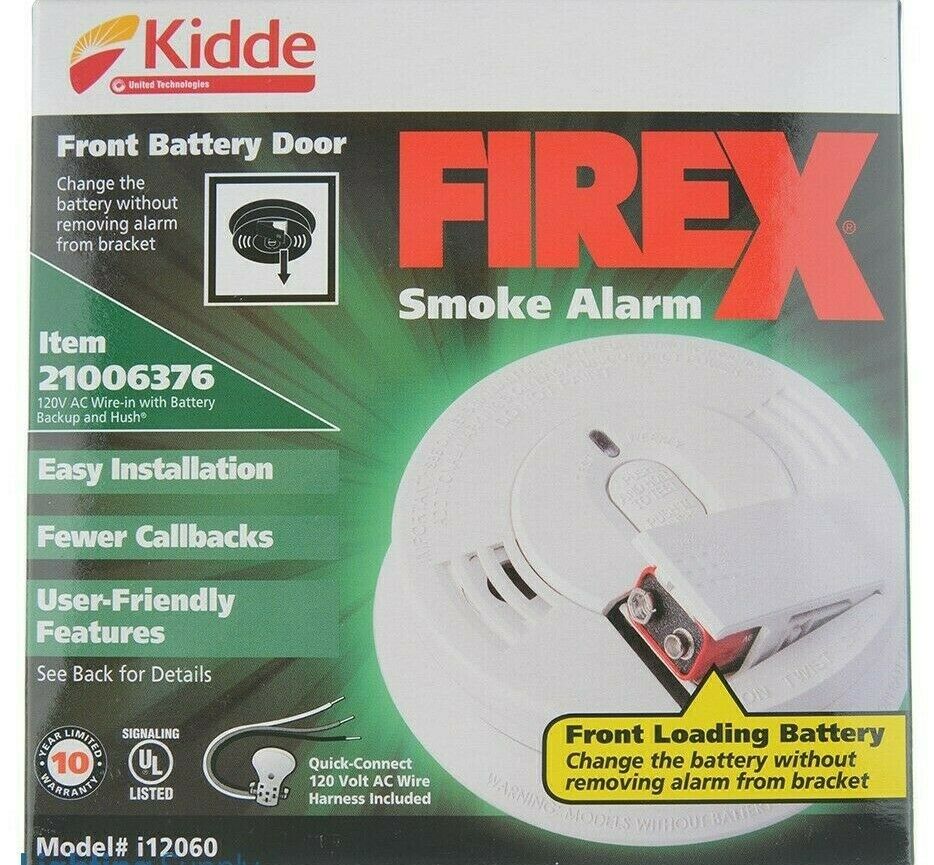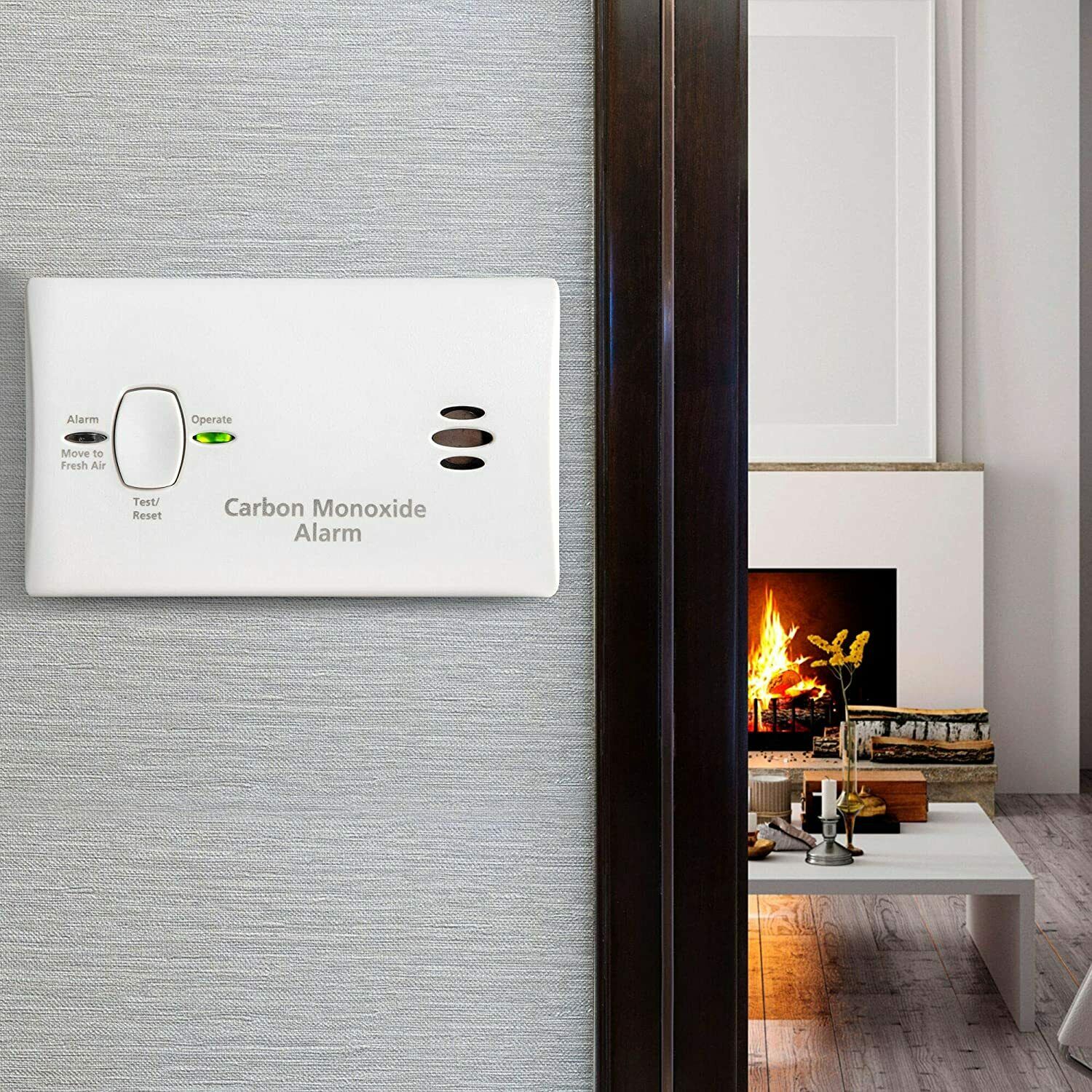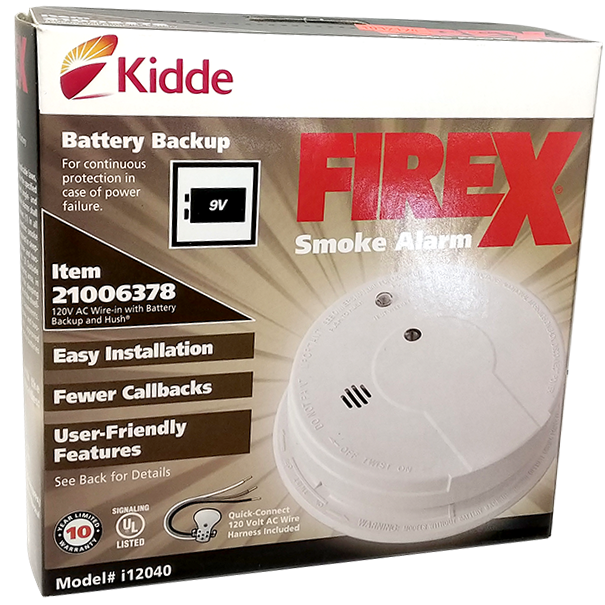-40%
KN-COSM-IBA - Hardwired Combination Carbon Monoxide & Smoke Alarm-2 Pack
$ 41.87
- Description
- Size Guide
Description
The Kidde KN-COSM-IBA uses breakthrough technology to offer a fast response to real fires, including smoldering and fast-flaming, as well as protect you from carbon monoxide and dramatically reduce the chance of nuisance alarms. The Intelligent sensor technology combines the detection capabilities of an ionization smoke sensor – which is more likely to detect smaller, less visible fire particles, like those produced by flaming fires – with that of an electrochemical sensor, which is used to detect CO. Since carbon monoxide is present in all fires, having both detection chambers work together in one alarm is a breakthrough in the fire safety industry. When either sensor notices a potential hazard, it will communicate with the other. Depending on what is detected, the alarm will adjust its smoke sensitivity in order to better discriminate between a real hazard and a false one. This constant communication enhances the alarm’s overall performance in all fires, and significantly reduces the potential for a nuisance alarm.Leading authorities recommend that both ionization and photoelectric smoke alarms be installed to help insure maximum detection of the various types of fires that can occur within the home. Ionization sensing alarms may detect invisible fire particles (associated with fast flaming fires) sooner than photoelectric alarms. Photoelectric sensing alarms may detect visible fire particles (associated with slow smoldering fires) sooner than ionization alarms.









